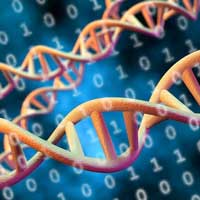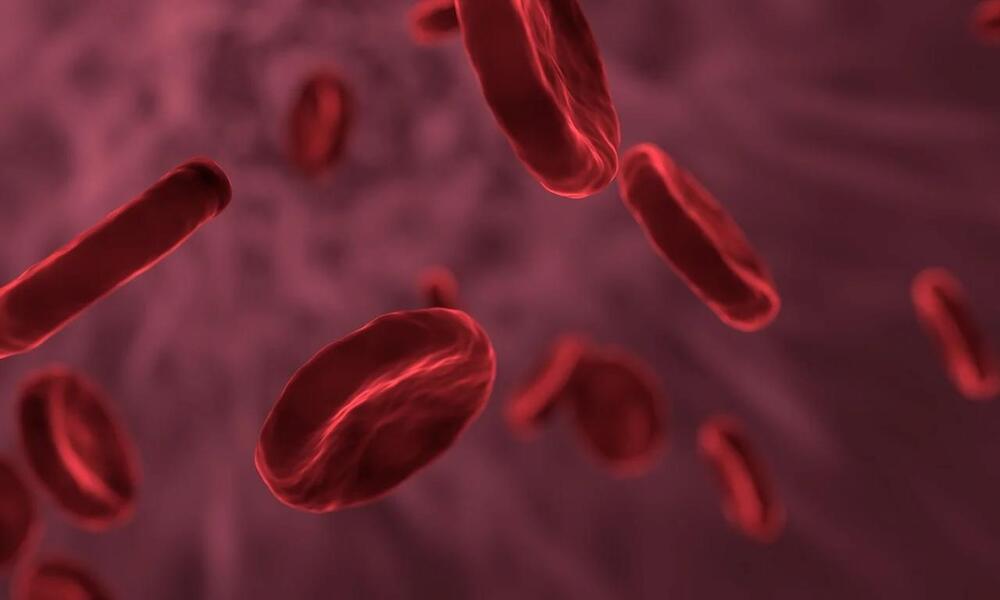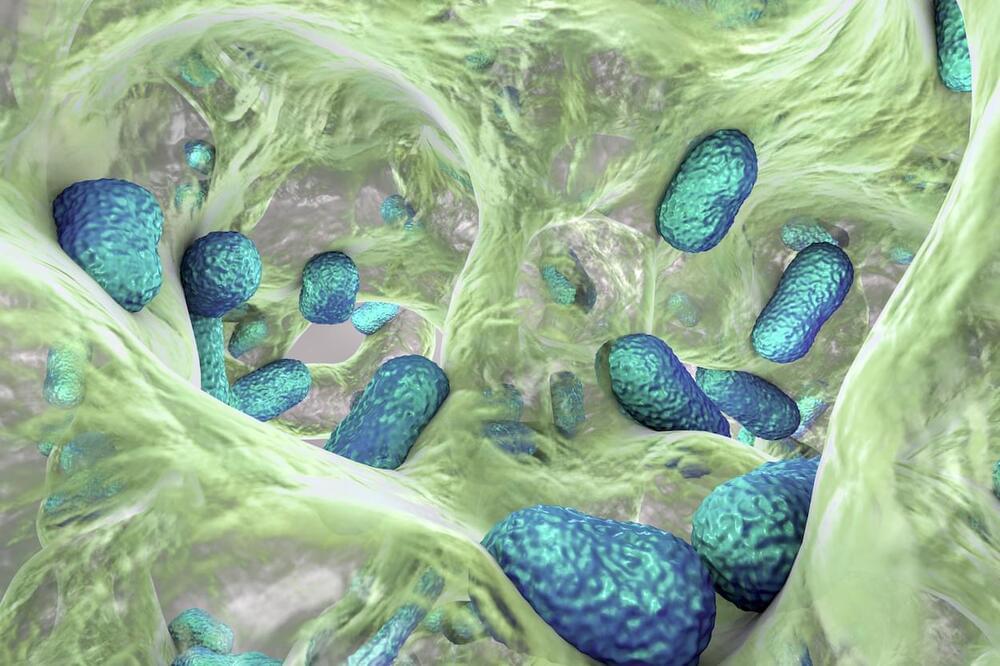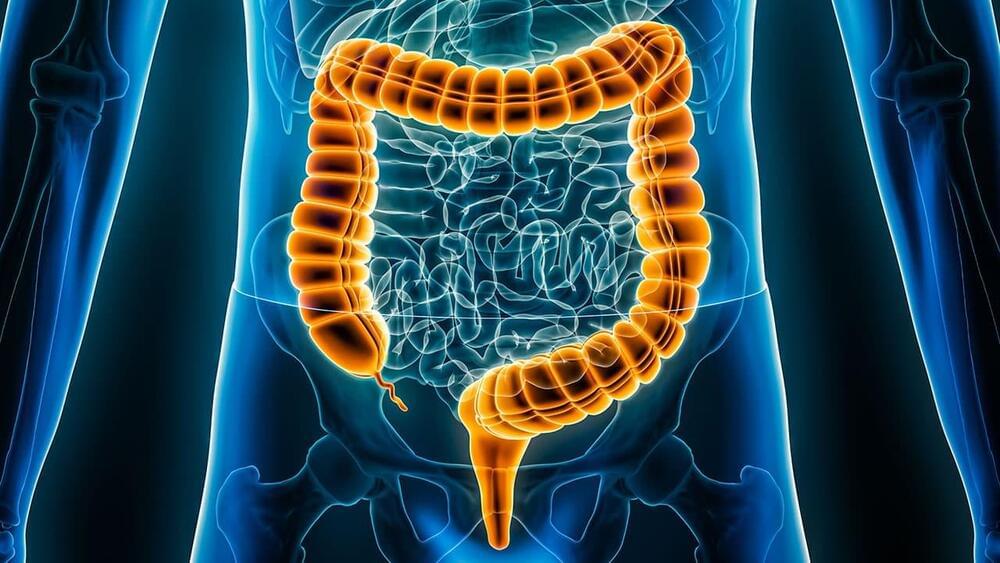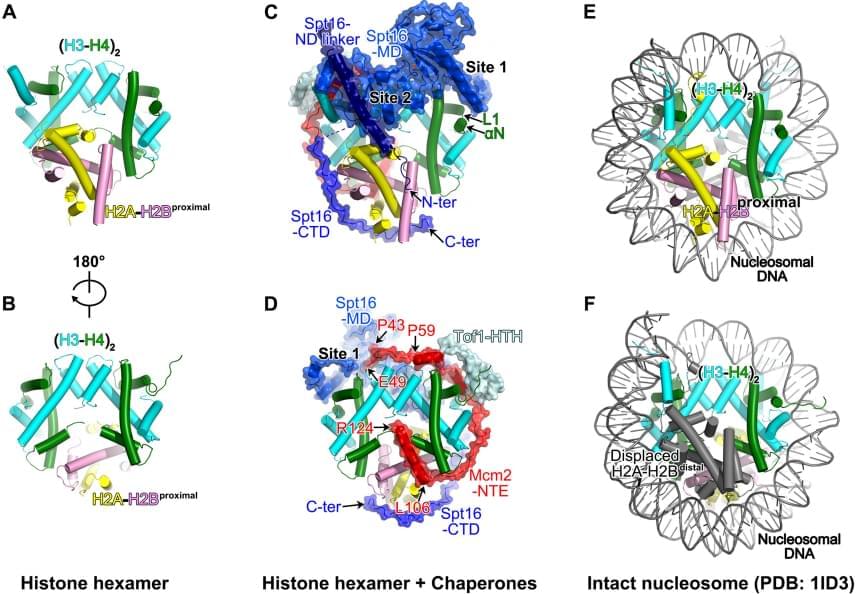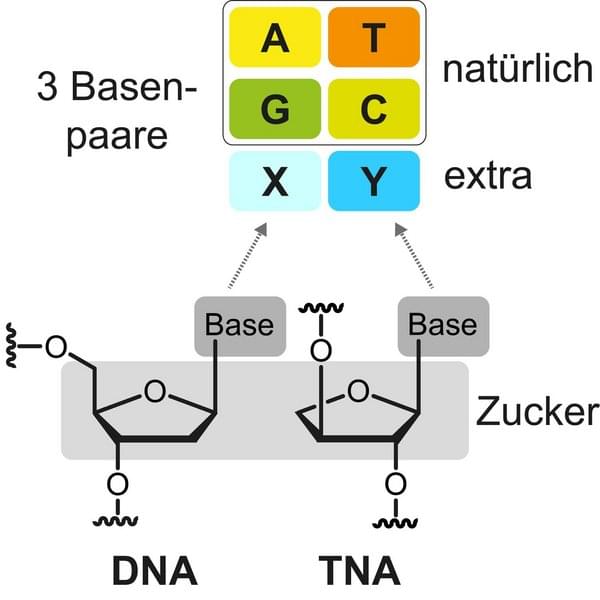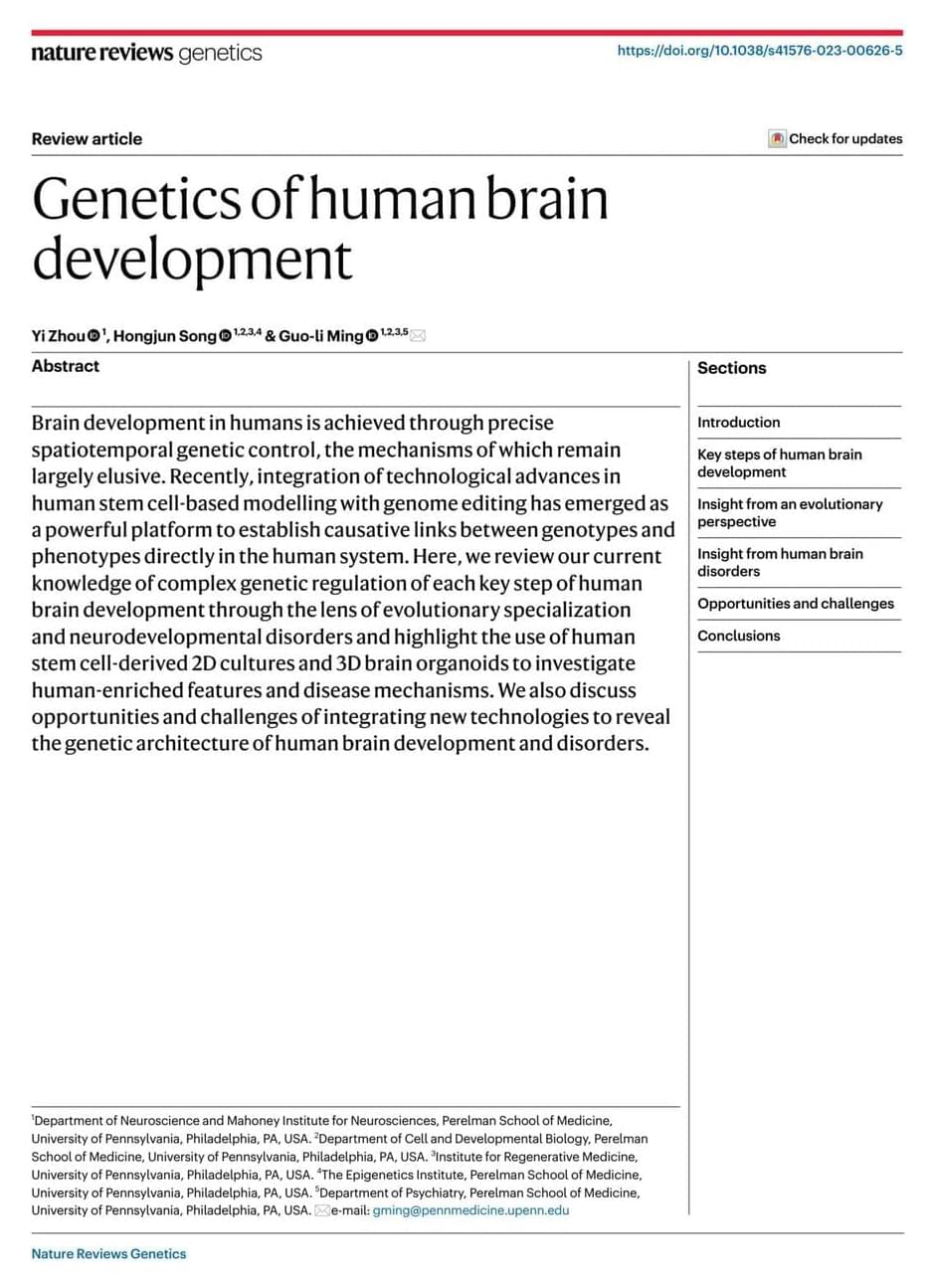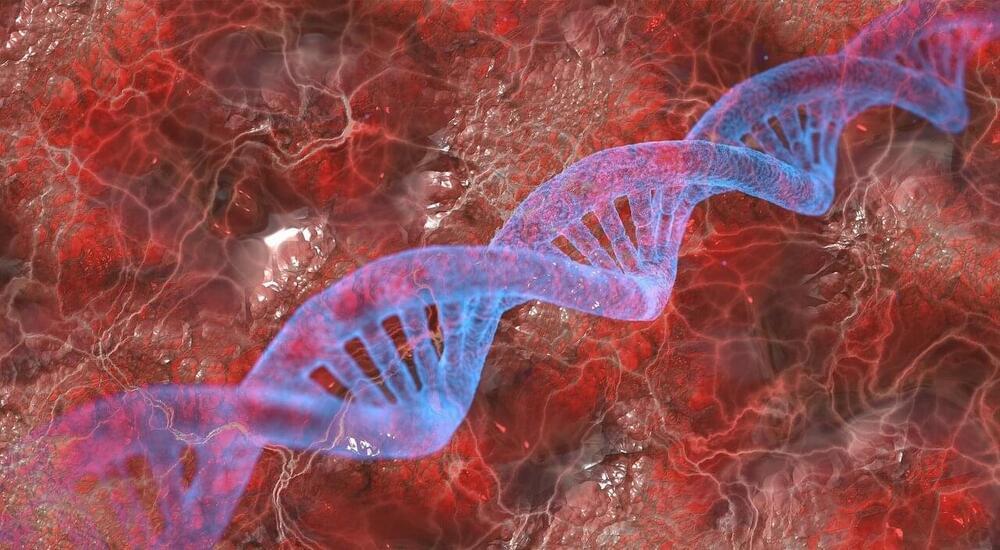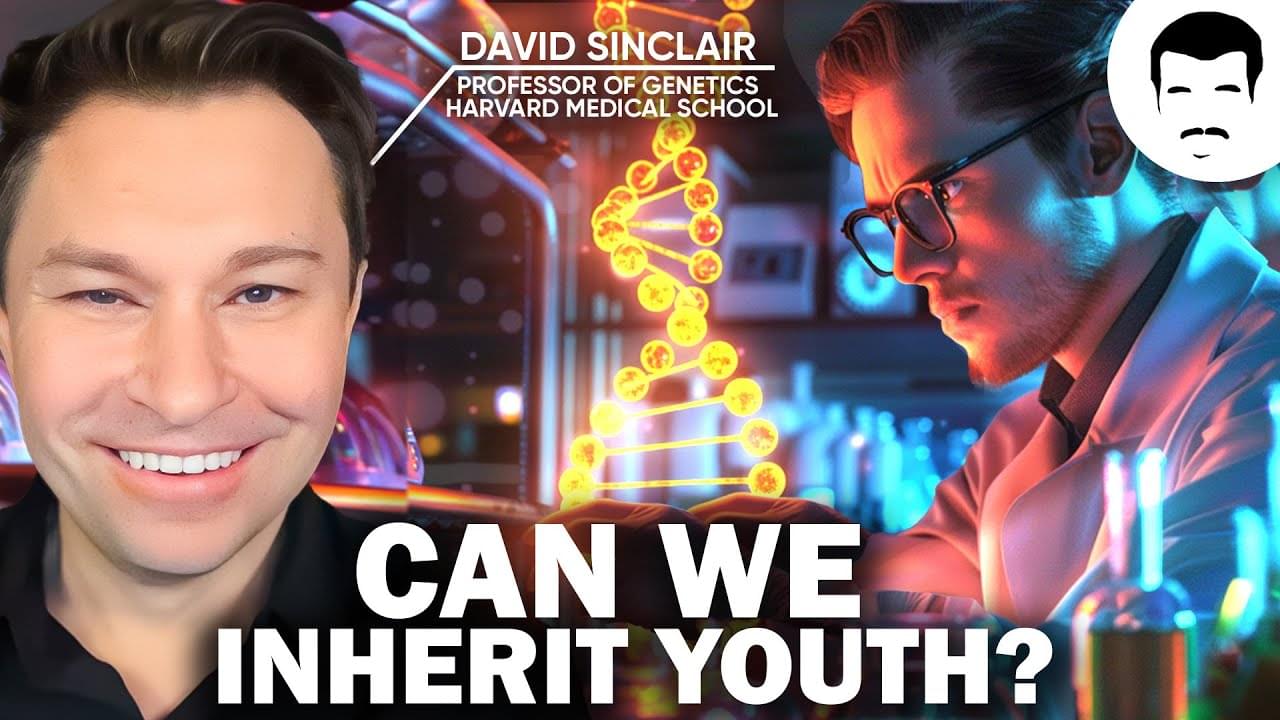Mar 25, 2024
Translation software enables efficient DNA data storage
Posted by Dan Breeden in categories: biotech/medical, computing, genetics
In support of a major collaborative project to store massive amounts of data in DNA molecules, a Los Alamos National Laboratory–led team has developed a key enabling technology that translates digital binary files into the four-letter genetic alphabet needed for molecular storage.
“Our software, the Adaptive DNA Storage Codec (ADS Codex), translates data files from what a computer understands into what biology understands,” said Latchesar Ionkov, a computer scientist at Los Alamos and principal investigator on the project. “It’s like translating from English to Chinese, only harder.”
DNA offers a compact way to store huge amounts of data cost-effectively. Los Alamos National Laboratory has developed ADS Codex to translate the 0s and 1s of digital computer files into the four-letter code of DNA.
